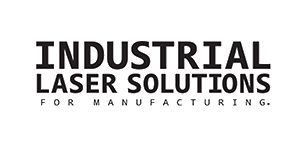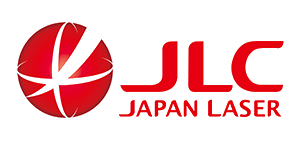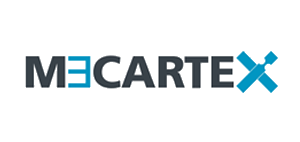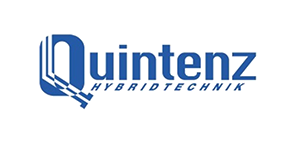
"We used FEMTOPRINT’s platform to fabricate custom all-glass preforms for Laser Written Vapor Cells (LWVCs), a patented technology ...
Read more
“We have been collaborating with FEMTOPRINT for the realization of multi-layer glass ion traps which utilize a complex trench structure. It ...
Read more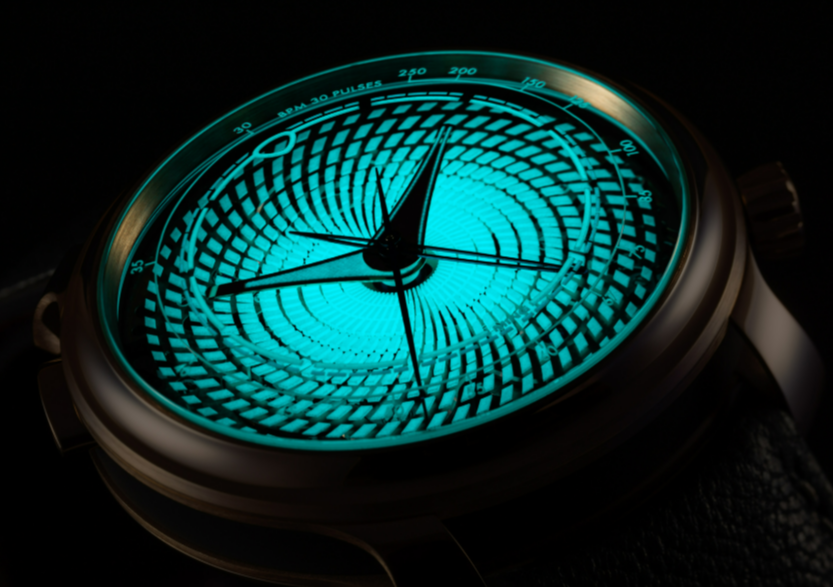

"A highly professional yet friendly team, committed to listening attentively and finding solutions—whether it’s addressing a challenge ...
Read more"FEMTOPRINT provides us an incredible quality of work. In a one shoot try, the component was much better than with other known technics. Having ...
Read more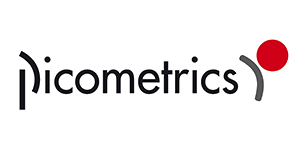
"FEMTOPRINT worked closely with Picometrics Technologies in order to manufacture microfluidic parts for our projects. They enabled us to have ...
Read more"At Shilps Sciences, we have designed and developed novel microfluidic chips for single cell isolation, immobilization and selective retrieval. Our...
Read more"The ability to machine workpieces with fixtures that are not damaged by the Laser MicroJet fits well into Synova’s client offering. A ...
Read more
